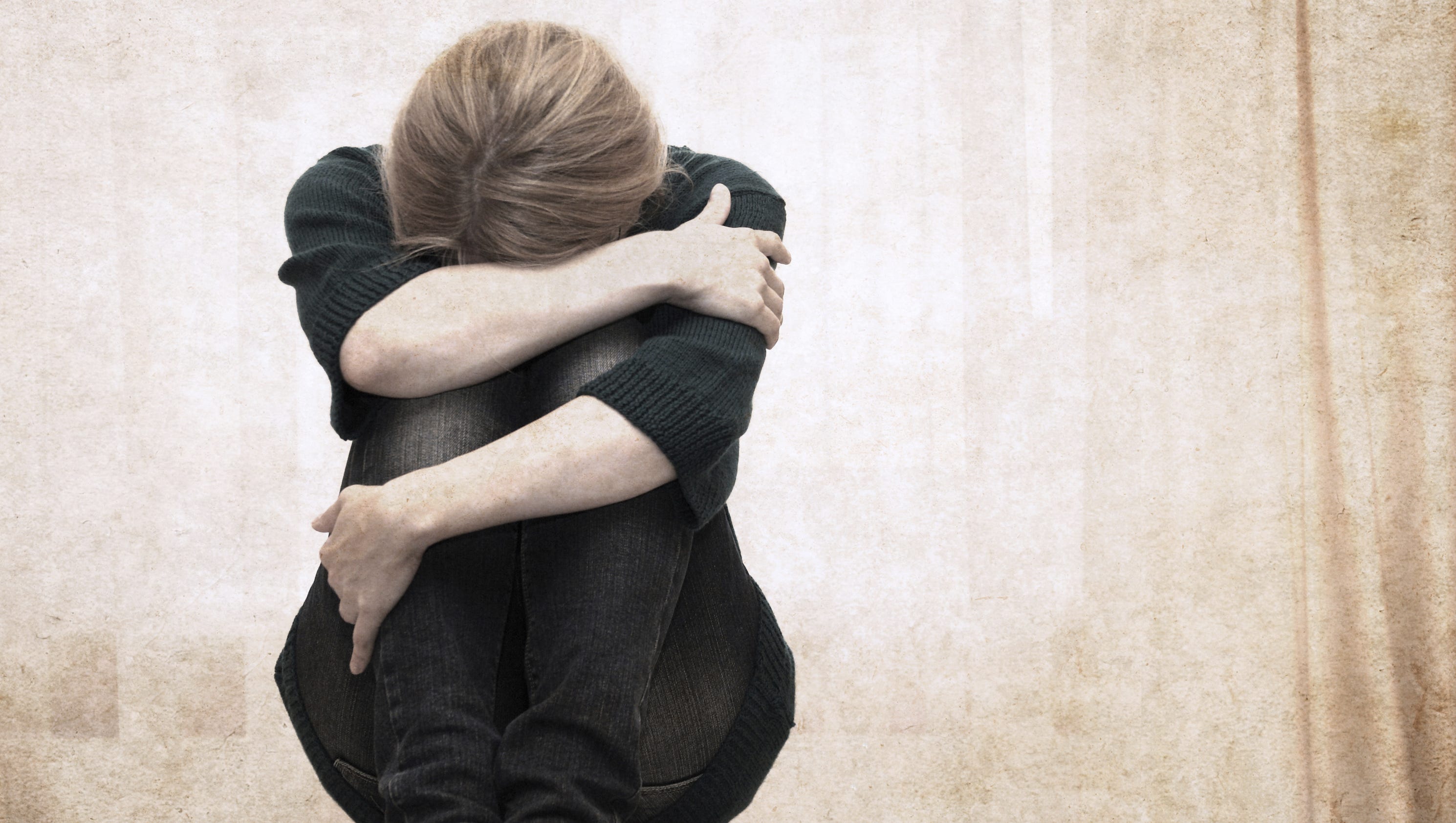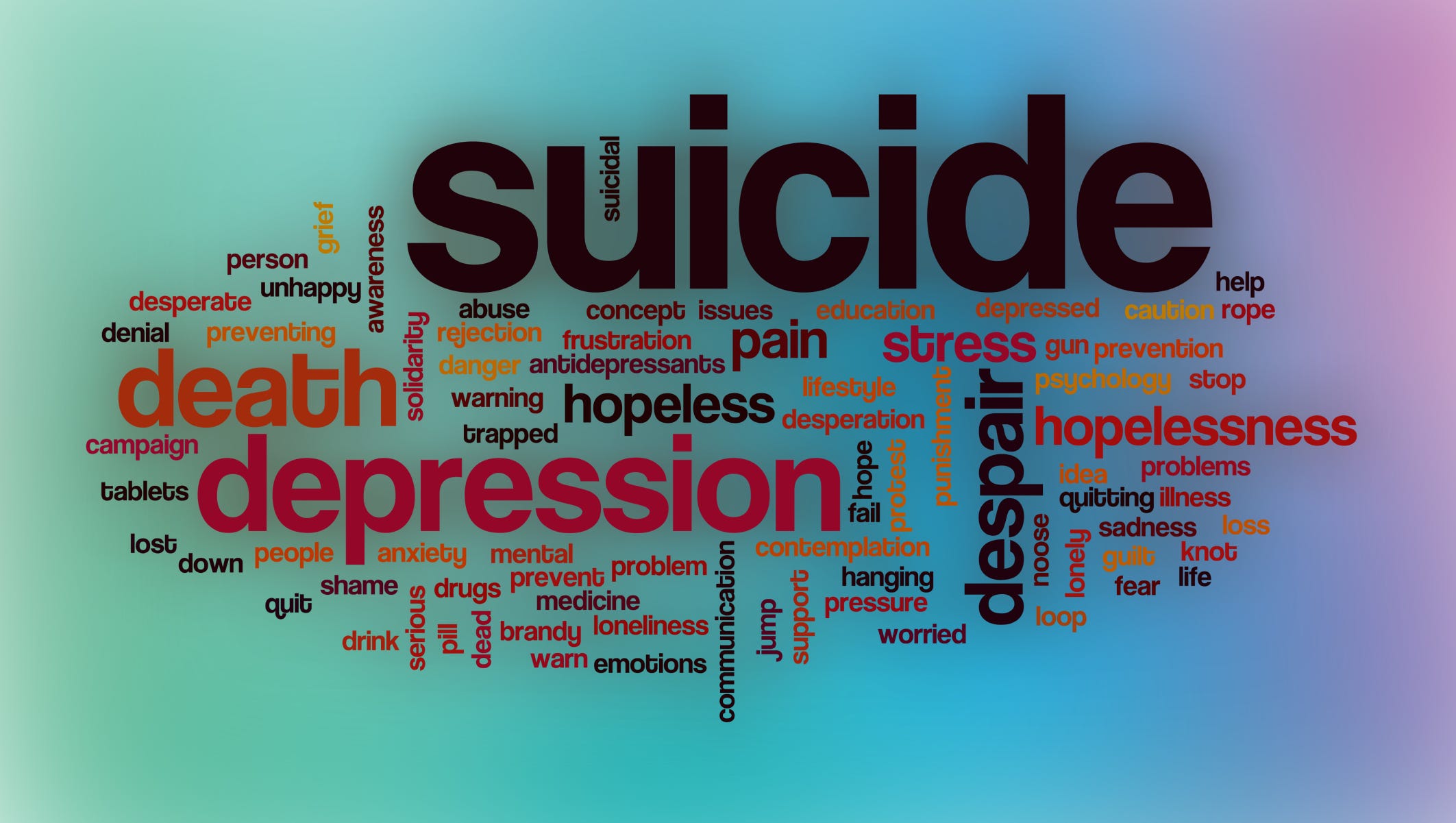Pictures Of Suicidal - Understanding Image File Issues
Our personal computers, in a way, are like digital scrapbooks, holding onto countless moments, memories, and important documents. The 'Pictures' folder, for many of us, is that very special spot where all our visual stories reside, a place where you can, you know, create your own collections and keep the items that mean something to you. It's a fundamental part of how we interact with our own digital lives, more or less, a central hub for everything from family photos to important screenshots.
Yet, sometimes, this seemingly simple arrangement can, in a way, become a source of frustration. Many folks, especially after moving to a newer version of Windows, find themselves scratching their heads when their images, like those common .jpg or .png files, just won't open with the usual viewing program. You might get a message pop up, or perhaps, as a matter of fact, some of your image previews just aren't showing up as they should. It's a bit like having a photo album where half the pictures are blank, which is that, certainly, not what anyone wants.
When these technical hiccups happen, it can be quite upsetting on its own, but what if the visuals you are trying to find, or the ones that aren't appearing correctly, happen to be particularly sensitive or distressing, perhaps even, arguably, what some might call "pictures of suicidal" content? The difficulty in accessing or even just seeing these items can add a whole other layer of concern, making a technical problem feel much more significant. It really highlights the need for careful attention to both our digital files and our own well-being, you know, when dealing with such things.
- Camille Koste
- Who Is Amber Rose Dating Now
- Kylie Cantrall Macys Parade
- Battle Of The Exes 2
- Kim Kardashian Wrapping Paper
Table of Contents
- Where Do Your Digital Memories Live?
- Finding Your Visuals - Even the Difficult Ones
- Why Aren't My Pictures Showing Up?
- What If Those Are Pictures of Suicidal Content?
- Are Your Files Truly Gone?
- Recovering Unexpected or Sensitive Visuals
- How Can We Support Each Other?
- A Safe Digital Space for Everyone
Where Do Your Digital Memories Live?
Typically, your computer has a designated spot, a kind of main area, where it keeps all your visual records by default. This is the place where you can, you know, set up your own collections or sections to keep all the specific items you want. It's pretty much the go-to spot for everything from your vacation snaps to important documents saved as images. This central location helps keep things organized, making it easier, in a way, to find what you are looking for.
Finding Your Visuals - Even the Difficult Ones
Sometimes, however, locating those important visuals can turn into a bit of a treasure hunt. You might have, say, some images that come with descriptions, or perhaps, as a matter of fact, you just can't seem to put your finger on where they went. This can be particularly unsettling if the images are, for whatever reason, of a sensitive nature, like, you know, if they were "pictures of suicidal" content that you might have needed to address or remove. The struggle to locate them just adds to the worry, doesn't it?
Why Aren't My Pictures Showing Up?
A common issue people run into, especially after moving to a newer version of their computer's operating system, is having trouble viewing their image files. You might try to open a picture, and the standard program that usually shows your photos just doesn't work right. Instead, you could see a message pop up, or, you know, some of your image previews, those little versions of the pictures, might not be appearing as they should. It's a frustrating experience, to say the least, when your visual files aren't behaving as expected.
- Wired Sports Bra
- Kentucky Derby Jockey Payout
- Chelsea Clinton Husband Photos
- Kim Kardashian Lamborghini
- Katie Holmes Pregnancy
It's almost as if your computer's visual display system is having a bit of a hiccup. You might find that some pictures show up just fine, appearing as small previews, but then, you know, a whole bunch of others simply don't. This often happens right after a system update, like when someone has, say, moved to Windows 11. All you did was update your system, and suddenly, your picture viewing experience is, in some respects, completely different, which is that, honestly, quite a bother.
What If Those Are Pictures of Suicidal Content?
When images aren't showing up correctly, or if they are lost, the situation becomes much more serious if the content itself is deeply upsetting. For example, if you were to encounter "pictures of suicidal" content, whether accidentally or because you were trying to deal with them, the technical problem of not being able to see them properly, or having them appear unexpectedly, can be incredibly distressing. It's not just about a broken file viewer anymore; it's about the emotional impact of the images themselves. You know, it really changes the whole dynamic.
In such a situation, the immediate concern shifts from fixing a technical glitch to ensuring personal well-being and seeking appropriate help. It's absolutely crucial to remember that if you, or someone you know, comes across any content that suggests self-harm or suicidal thoughts, the priority is always safety. There are, as a matter of fact, resources available to help, and reaching out for support is a sign of great strength. It's about protecting yourself and others, very much so, from harm.
Are Your Files Truly Gone?
When your pictures seem to vanish, it can feel like a real loss, especially if they hold personal value. Sometimes, when you use services that make copies of your visuals, like those that store your pictures on the internet, there are rules about how long they keep your items. If you don't use the service for a couple of years or more, your content might, you know, no longer be kept there. This is something many people might not even realize until it's too late, so, it's a good thing to be aware of.
However, if your pictures have gone missing, especially after a major computer update, there's a specific spot you can, you know, look into. Your computer might have created a temporary folder, a kind of old system backup, where your previous files are stored. This folder will be, as a matter of fact, not easily seen, so you would need to adjust your computer's settings to make it visible. It's a bit like finding a hidden compartment, and your items should, arguably, be there, waiting to be found.
Recovering Unexpected or Sensitive Visuals
The process of getting your images back can be a bit tricky, particularly if you are trying to locate recently saved photos or animated images that you got from various programs and internet locations. You might have looked through your main computer storage, your picture folders, and even your video sections, and it feels like, you know, you've searched everywhere without luck. This can be especially concerning if the images you are looking for, or those you accidentally come across during the search, are sensitive, perhaps even "pictures of suicidal" content.
When you find yourself in this situation, it's important to proceed with care. If you can open an image from, say, a temporary download area, and then try to save it to a collection within your main picture area, you might find that, later on, you can't access it again. This cycle of saving and then losing access can be incredibly frustrating. If you do come across unexpected or upsetting images, like "pictures of suicidal" content, while trying to recover your files, it's really important to prioritize your well-being and seek support, if needed. You know, it's about being safe first.
How Can We Support Each Other?
Our digital spaces are, in a way, extensions of our lives, and just like in the physical world, it's important to feel safe and respected within them. Sometimes, unfortunately, people experience behavior that is meant to bother or upset them, which is that, quite frankly, never okay. This can include anything from repeated annoying actions to serious threats, like those that suggest harm to another person. It's a reminder that what happens online can have very real impacts on people's feelings and safety, so, we need to be mindful.
A Safe Digital Space for Everyone
Creating and maintaining a secure and supportive digital environment is, you know, something we all play a part in. If you ever encounter content that is deeply disturbing, such as "pictures of suicidal" material, or if you experience any form of digital discomfort, knowing where to turn for help is absolutely vital. Many platforms and organizations offer resources and guidance for dealing with upsetting content or online interactions. It's about making sure that everyone feels protected and has the ability to get help when they need it, which is that, pretty much, the goal.
- Chappel Roan Ass
- Elizabeth Olsen Sexy
- Thanksgiving Maxi Dress
- Kim Kardashian Lamborghini
- Lucy And Stephen Dating

Suicidal Tendencies talks punk, metal and Saturday's Fort Myers show

Reflections of a suicide survivor

FSU researcher's breakthough may predict suicide attempts with 80% accuracy